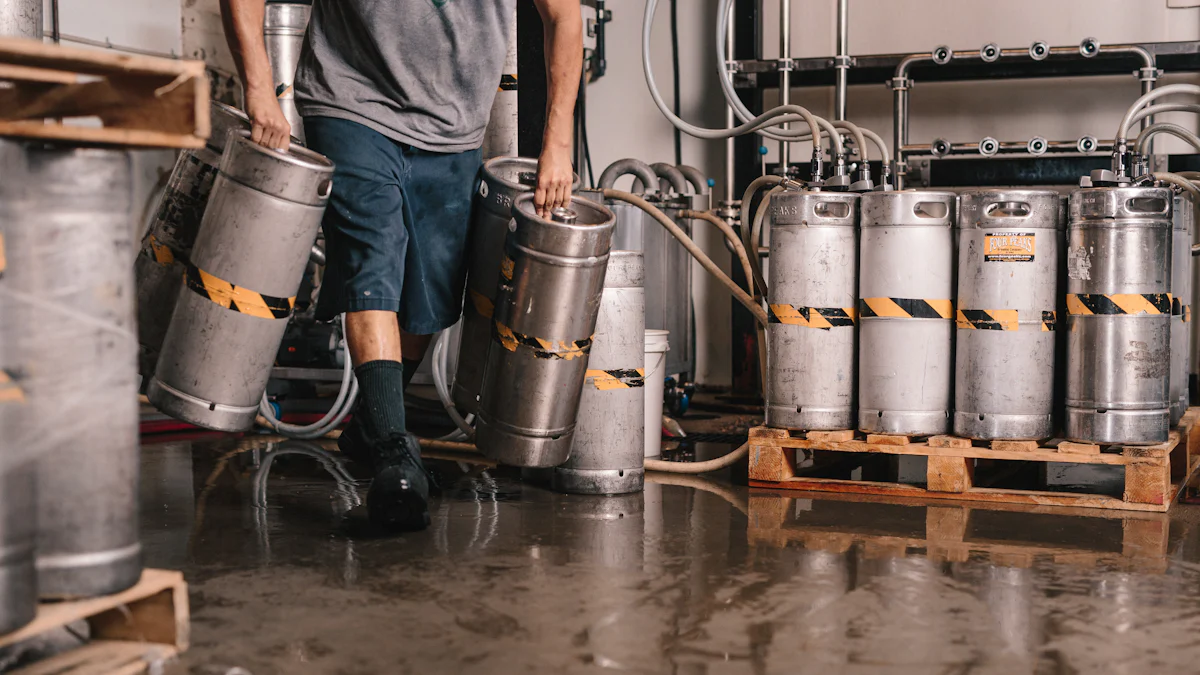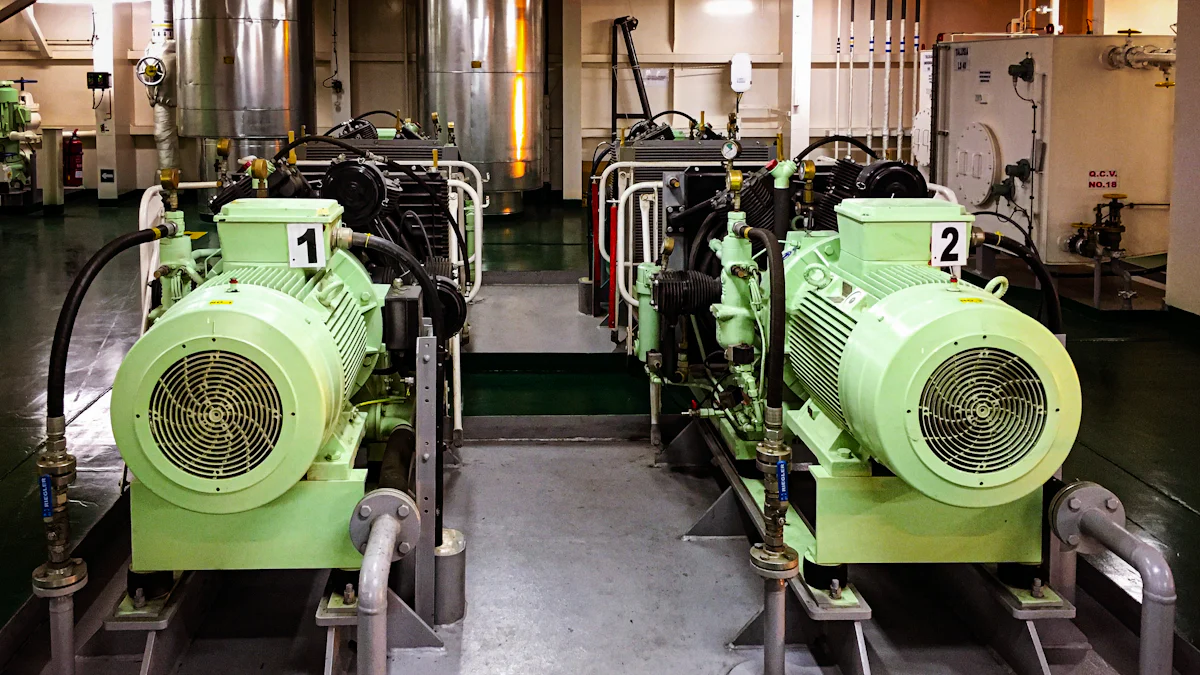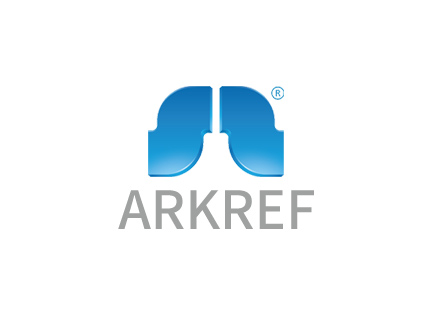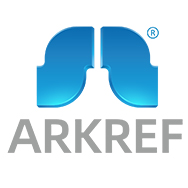The Future of CO2 Compressors in Carbon Capture

Carbon capture technologies have gained significant importance due to escalating environmental concerns. The United States and Brazil lead the charge, accounting for 60% of global carbon capture capacity. This surge in interest highlights the critical role of CO2 compressors in the carbon capture, utilization, and storage (CCUS) value chain. These compressors, including the CO2 Compressor condensing unit, are essential for enhancing the efficiency and effectiveness of carbon capture processes. As more countries develop commercial facilities, the demand for advanced compressor solutions continues to rise, underscoring their pivotal role in addressing climate change.
Current State of the CO2 Compressor Market
Market Growth
Factors Driving Market Expansion
The CO2 compressor market is experiencing robust growth. Several factors contribute to this expansion. Environmental concerns have heightened the demand for carbon capture technologies. Governments and industries worldwide seek solutions to reduce carbon emissions. This urgency propels the market forward. Additionally, advancements in technology enhance the efficiency and effectiveness of CO2 compressors. These improvements attract more industries to adopt these systems.
Scientific Research Findings:
Research on technological advancements in CO2 compressors for market growth highlights the ongoing efforts to improve compressor performance. Studies propose methods to enhance efficiency and effectiveness, driving market expansion.
Key Players in the Industry
Several key players dominate the CO2 compressor industry. Companies like Siemens, GE, and Mitsubishi Heavy Industries lead the market. They invest heavily in research and development. Their innovations set industry standards. These companies focus on creating compressors that meet the evolving needs of carbon capture technologies. Their leadership ensures the market remains competitive and innovative.
Technological Trends
Efficiency Improvements
Technological advancements play a crucial role in improving compressor efficiency. Researchers focus on optimizing thermodynamic cycles. The supercritical carbon dioxide (sCO2) power cycle system receives particular attention. This optimization enhances the performance of CO2 compressors. By refining these cycles, compressors operate more efficiently, reducing energy consumption and operational costs.
Scientific Research Findings:
Current issues and future research directions on sCO2 compressors emphasize the importance of compressors in sCO2 power systems. Recent research highlights advancements in compression processes, contributing to efficiency improvements.
Energy Consumption Reduction
Reducing energy consumption remains a priority in CO2 compressor design. Innovations aim to minimize the energy required for operation. New materials and engineering techniques contribute to this goal. By lowering energy consumption, compressors become more sustainable and cost-effective. This reduction aligns with global efforts to decrease carbon footprints and promote environmental sustainability.
Scientific Research Findings:
Design of supercritical carbon dioxide centrifugal compressors introduces a novel turbomachinery design optimization framework, the TΔhC tool. This tool optimizes flow features and geometry for sCO2 systems, aiding in energy consumption reduction.
Innovations in CO2 Compressor Design

Design Improvements
New Materials
The development of new materials has significantly impacted CO2 compressor design. Researchers have focused on materials that can withstand high pressures and temperatures, essential for efficient carbon capture processes. These materials enhance the durability and performance of compressors, making them more reliable in various applications. For instance, the use of advanced alloys and composites has led to compressors that are not only stronger but also lighter, reducing the overall energy required for operation.
Advanced Engineering Techniques
Advanced engineering techniques have revolutionized the design of CO2 compressors. Engineers employ cutting-edge methods to optimize compressor components, ensuring maximum efficiency. The introduction of the 'Turbine-Δh-Compressor' (TΔhC) tool exemplifies this innovation. This tool aids in the design optimization of supercritical carbon dioxide (sCO2) systems by improving flow features and geometry. Such advancements allow for more precise control over compression processes, leading to enhanced performance and reduced energy consumption.
Impact on Energy Efficiency
Case Studies
Case Study: Supercritical CO2 Systems
Recent studies on supercritical CO2 systems highlight significant improvements in energy efficiency. By optimizing compression processes, these systems achieve higher performance levels. For example, a study demonstrated the capability of sCO2 systems with different turbine output powers, showcasing the potential for energy savings. These findings underscore the importance of continued research and development in compressor technology.
Comparative Analysis
Comparative analysis of CO2 compression processes reveals the advantages of innovative designs over traditional methods. Research comparing conventional and shockwave CO2 compression processes shows that advanced designs can achieve the same compression with fewer stages. This reduction in stages translates to lower energy consumption and operational costs. By adopting these innovative approaches, industries can enhance their carbon capture capabilities while minimizing environmental impact.
Role of CO2 Compressors in Direct Air Capture
Integration into CCUS Value Chain
Process Overview
CO2 compressors play a pivotal role in the direct air capture (DAC) process, which is an integral part of the carbon capture, utilization, and storage (CCUS) value chain. These compressors function as the "heart" of the system, continuously pumping carbon dioxide from low-pressure emission sources to high-pressure destinations. This process involves handling CO2 at supercritical conditions, ensuring efficient transportation and storage. By compressing CO2, these systems facilitate its capture from the atmosphere, making it possible to store or utilize the gas effectively.
Benefits and Challenges
The integration of CO2 compressors into the CCUS value chain offers several benefits. Firstly, it enhances the efficiency of carbon capture processes, enabling significant reductions in greenhouse gas emissions. This efficiency is crucial for achieving global climate goals. Additionally, compressors help in reducing the energy penalties associated with carbon capture and storage (CCS) systems, making them more economically viable.
However, challenges persist. The capital and operating costs of CO2 compression remain high, posing financial hurdles for widespread adoption. Moreover, the energy consumption of compressors can be substantial, impacting the overall sustainability of the process. Addressing these challenges requires ongoing research and development to improve compressor technology and reduce associated costs.
Recent Advancements
New Technologies
Recent advancements in CO2 compressor technology have introduced innovative solutions to enhance performance. Researchers have developed new materials and engineering techniques that improve the durability and efficiency of compressors. These innovations focus on optimizing thermodynamic cycles and reducing energy consumption, making compressors more sustainable and cost-effective. The introduction of advanced alloys and composites has led to compressors that are not only stronger but also lighter, further enhancing their operational efficiency.
Impact on Compressor Design
The impact of these new technologies on compressor design is profound. Engineers now employ cutting-edge methods to optimize compressor components, ensuring maximum efficiency. The development of tools like the 'Turbine-Δh-Compressor' (TΔhC) tool exemplifies this innovation. This tool aids in the design optimization of supercritical carbon dioxide (sCO2) systems by improving flow features and geometry. Such advancements allow for more precise control over compression processes, leading to enhanced performance and reduced energy consumption.
Influence of Environmental Regulations
Regulatory Landscape
Key Policies
Environmental regulations play a crucial role in shaping the carbon capture industry. Governments worldwide implement policies to reduce greenhouse gas emissions, driving the adoption of CO2 compressors. For instance, the European Union's Emissions Trading System (ETS) sets a cap on emissions, encouraging industries to invest in carbon capture technologies. Similarly, the United States enforces the Clean Air Act, which mandates emission reductions from power plants and industrial sources. These policies create a demand for efficient CO2 compressors, as they are integral to meeting regulatory requirements.
Compliance Challenges
Despite the benefits, compliance with environmental regulations presents challenges. Industries face difficulties in adapting to stringent emission standards. The high cost of implementing carbon capture systems, including CO2 compressors, poses financial hurdles. Additionally, the complexity of integrating these systems into existing infrastructure complicates compliance efforts. Companies must navigate these challenges to meet regulatory demands while maintaining operational efficiency.
Adoption of CO2 Compressors
Industry Response
Industries respond to environmental regulations by adopting advanced CO2 compressors. Companies like Kaishan USA supply compression systems that enhance performance without compromising efficiency. These systems help industries minimize greenhouse gas emissions, aligning with regulatory goals. The focus on compressor capacity control, maintenance, and reliability ensures that these systems meet industry standards. As a result, industries can achieve compliance while optimizing their carbon capture processes.
Future Projections
The future of CO2 compressors looks promising as industries continue to prioritize carbon capture. Advancements in compressor technology, such as those highlighted in recent studies on sCO2 power systems, drive innovation. Researchers explore new materials and design optimization techniques to improve compressor performance. These innovations reduce energy consumption and enhance operational efficiency, making CO2 compressors more sustainable and cost-effective. As environmental regulations become more stringent, the demand for advanced compressor solutions will likely increase, supporting global efforts to combat climate change.
CO2 Compressor Condensing Unit
Role in Carbon Capture
Operational Mechanisms
The CO2 Compressor condensing unit plays a crucial role in carbon capture by facilitating the compression and condensation of carbon dioxide. This unit operates by compressing CO2 gas into a liquid state, which allows for easier transportation and storage. The process involves reducing the volume of CO2, thereby increasing its pressure and temperature. This transformation is essential for efficient carbon capture, as it enables the CO2 to be stored or utilized in various applications. The condensing unit ensures that the CO2 remains in a manageable state, optimizing the overall carbon capture process.
Efficiency Metrics
Efficiency metrics for CO2 Compressor condensing units are vital for assessing their performance. These metrics include energy consumption, water usage, and carbon footprint. A single-stage compression strategy often proves economically feasible, but a six-stage strategy excels in socio-environmental indicators. It consumes less energy and water, reduces the carbon footprint, and lowers tax collection. However, when considering economic, environmental, and social aspects, a two-stage compression strategy emerges as the optimal choice. This balance ensures that the CO2 Compressor condensing unit operates efficiently while minimizing environmental impact.
Integration with Existing Systems
Compatibility Considerations
Integrating CO2 Compressor condensing units with existing systems requires careful consideration of compatibility factors. These units must align with current infrastructure to ensure seamless operation. Engineers must evaluate the compatibility of the condensing unit with existing pipelines, storage facilities, and processing equipment. This evaluation includes assessing the pressure and temperature requirements of the system, as well as the materials used in construction. Ensuring compatibility minimizes disruptions and enhances the efficiency of the carbon capture process.
Case Studies
Several case studies highlight successful integration of CO2 Compressor condensing units into existing systems. One notable example involves a power plant that incorporated a two-stage compression strategy. This integration resulted in significant energy savings and reduced operational costs. The plant achieved a lower carbon footprint and improved overall efficiency. Another case study demonstrated the successful adaptation of a condensing unit in a chemical manufacturing facility. The unit's compatibility with existing infrastructure allowed for seamless operation, enhancing the facility's carbon capture capabilities. These examples underscore the importance of strategic integration for maximizing the benefits of CO2 Compressor condensing units.
The future of CO2 compressors in carbon capture looks promising. Ongoing research and development efforts focus on enhancing compressor performance and efficiency. Studies like the Design of Supercritical Carbon Dioxide Centrifugal Compressors highlight advancements in turbomachinery design, optimizing sCO2 systems. The global commitment to carbon capture continues to grow, with countries investing in advanced technologies to reduce emissions. As environmental regulations tighten, the demand for innovative CO2 compressors will increase, driving further advancements in this critical field.
See Also
Exploring the Benefits of Transcritical Carbon Dioxide Systems
Investigating the ARKREF CO₂ System for Refrigeration Units
Unveiling the ARKREF CO₂ Initiative: Advances in Refrigeration Systems
Presenting the Newest ARKREF CO₂ Refrigeration System Technology
Exploring Creativity: Engaging Perspectives on ARKREF CO₂ Refrigeration

